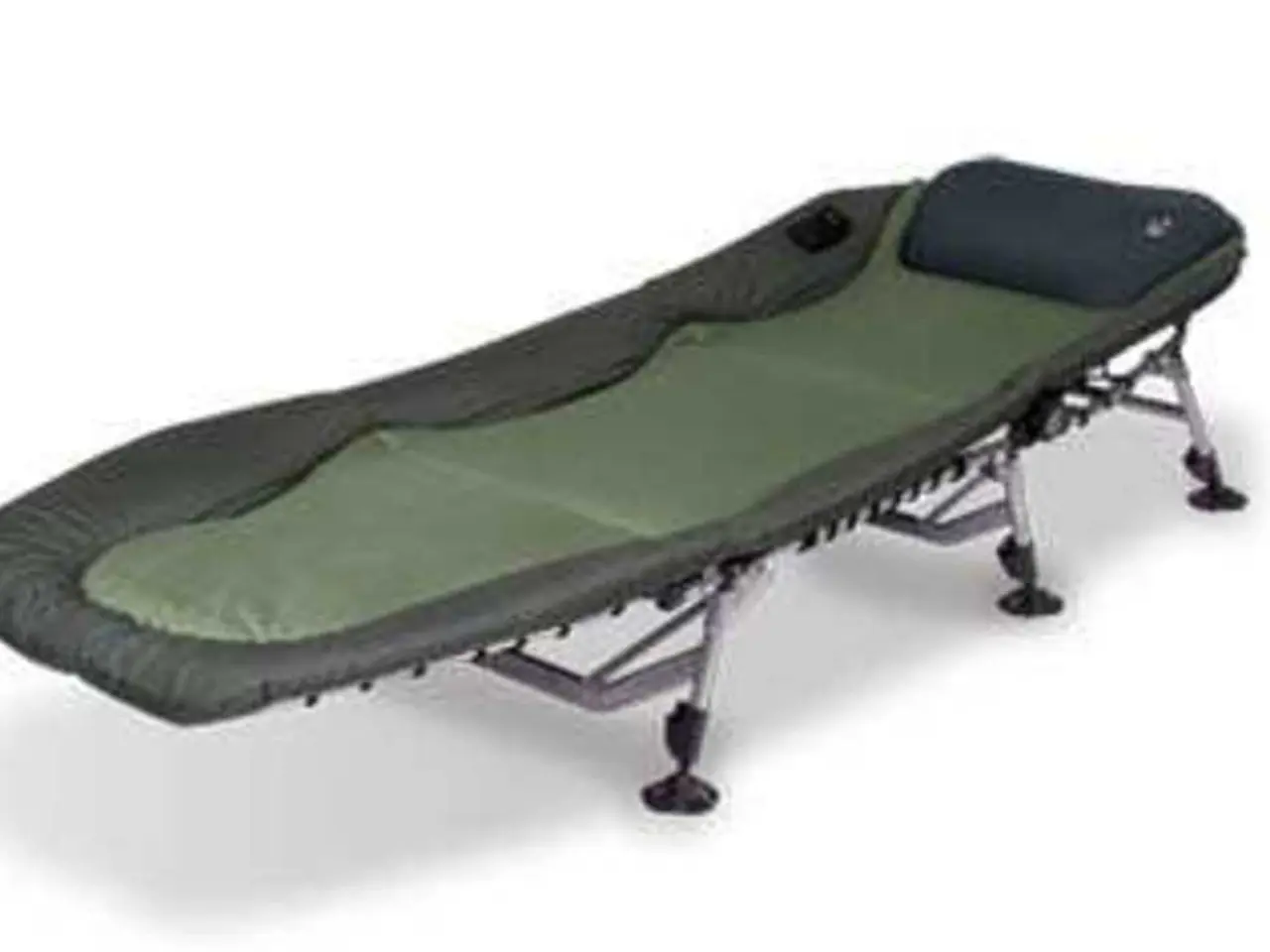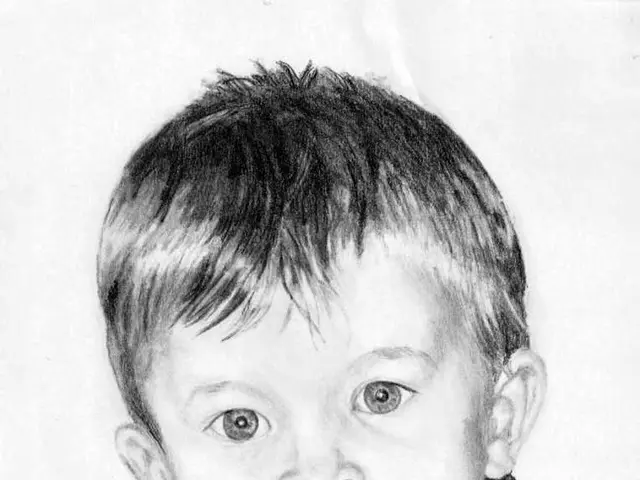Symptoms, Diagnosis, Treatment, and Recovery of Muscle Strains: An Overview
### Recovery and Prevention of Muscle Strains: Stretching, Strengthening, and Low-Impact Activities
Muscle strains, often caused by overexertion or overstretching, can be a common occurrence in sports, physical work, or everyday activities. Fortunately, home care and exercises can aid in the healing process for many strains, while severe cases may require medical intervention.
For a speedy and effective recovery, exercises focusing on gentle stretching, strengthening, and gradual mobility work are essential. These exercises contribute significantly to the healing process by improving circulation, reducing muscle tightness, rebuilding muscle strength, maintaining mobility, and enhancing neuromuscular control.
#### Stretching Exercises
Stretching plays a vital role in maintaining or improving flexibility, reducing muscle tightness, and promoting blood flow that delivers oxygen and nutrients essential for healing. Some effective stretching exercises include the supine spinal twist, seated forward fold with resistance band, and dynamic stretches such as leg swings.
#### Strengthening Exercises
Strengthening exercises help rebuild muscle strength, support injured muscle groups, and prevent re-injury by stabilizing joints and improving muscular balance. Examples of strengthening exercises are hamstring curls, bridges, deadlifts with light weights, step-ups, and single-leg exercises.
#### Low-Impact Activities
In the early stages of recovery, low-impact activities such as walking, yoga, or swimming (aquatic exercises) promote blood flow and flexibility with minimal strain on healing muscles. Aquatic exercises are particularly beneficial as the water reduces bodyweight forces on muscles and joints, allowing safer movement and exercise during recovery.
#### Contribution to the Healing Process
Improved circulation, reduced muscle tightness, muscle strengthening, maintained mobility, and enhanced neuromuscular control are all benefits that contribute to the healing process. Massage therapy may also help relax injured muscles and enhance a person's range of motion.
In the initial recovery phase, the RICE method (Rest, Ice, Compression, Elevation) is critical to reduce pain and swelling, preparing the muscle for rehabilitation exercises. Recovery exercises, if cleared by a doctor, can benefit from doing stretching exercises, but should not cause pain and discomfort.
Early identification and treatment of a muscle strain will speed up recovery. Symptoms of muscle strains include bruising, muscle cramps, difficulty moving the muscle, muscle spasms, muscle weakness, pain that worsens with movements, swelling, and an audible snapping or popping.
In summary, an effective recovery and prevention program includes targeted stretching, progressive strengthening, and low-impact activities, all of which help restore function, reduce pain, and prevent future muscle strains.
- Obesity, often associated with a sedentary lifestyle, can lead to muscle pain and increased risk of muscle strains due to reduced flexibility and weakness.
- Science and health-and-wellness professionals recommend mental-health therapies and treatments, including cognitive behavioral therapy, to address depression, which can often co-occur with obesity.
- Rheumatoid arthritis, a chronic autoimmune disease, affects joints and can cause muscle pain, making it crucial to incorporate gentle exercises like aquatic exercises (AQ) in fitness-and-exercise routines.
- Bipolar individuals may experience difficulty adhering to a fitness-and-exercise program due to symptoms like fatigue and loss of motivation, making it important to focus on maintaining a consistent schedule.
- Proper nutrition plays a crucial role in the healing process of muscle strains, as a balanced diet rich in proteins, vitamins, and minerals promotes muscle recovery and growth.
- Predictive models suggest that untreated depression and obesity can lead to complications such as cardiovascular disease, diabetes, and even certain types of cancers, reinforcing the importance of mental-health and health-and-wellness interventions.
- In the long run, fitness-and-exercise programs focused on muscle strengthening and mobility can help reduce the risk of chronic conditions like osteoarthritis and depression, contributing to overall well-being and quality of life.







